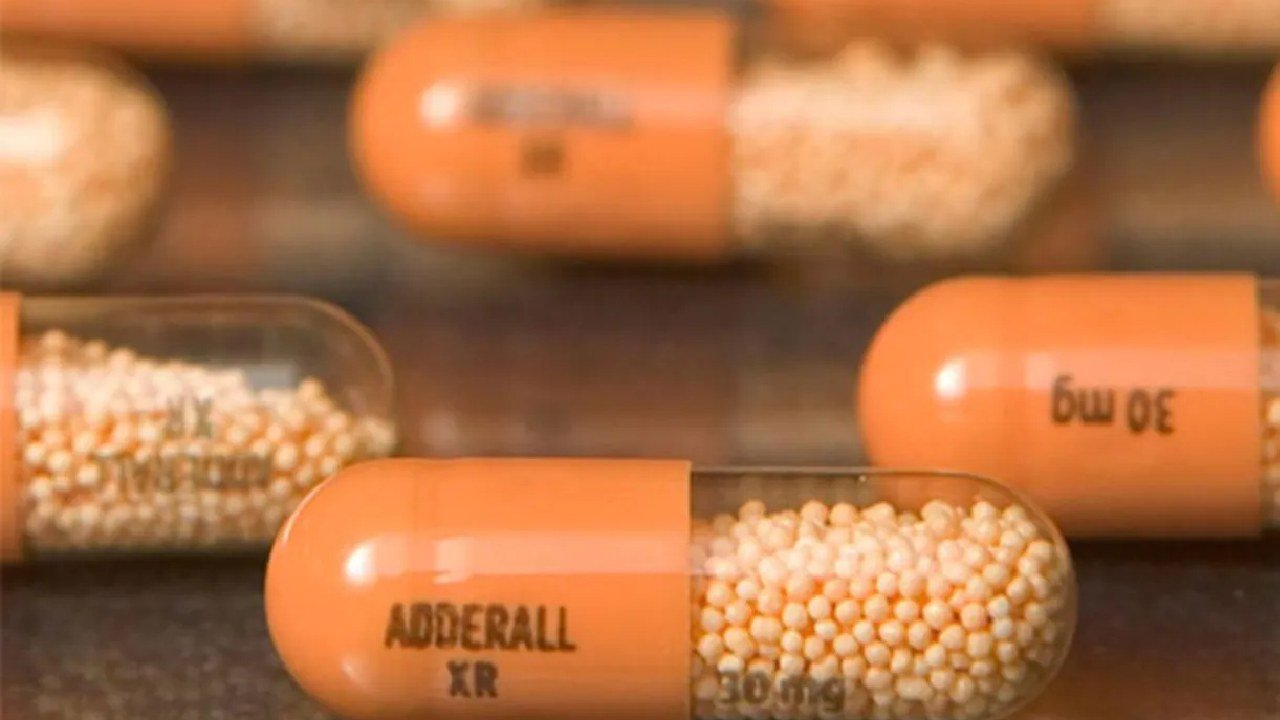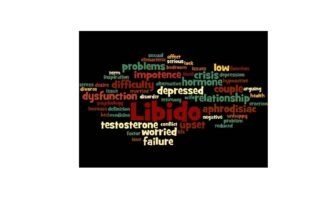Transform Yourself today with these Easy Steps
According to the Dietary Guidelines for Americans, adults should get between 20 and 35 per cent of their calories from fat daily. However, SparkPeople and the American Heart Association, who take a more moderate stance, both recommend a 30% fat consumption.
Cutting down on fat is only sometimes preferable. However, consistently getting less than 20% of your calories from fat is dangerous for your health for several reasons.
Heart disease, diabetes, cancer, and excess weight gain are just some of the issues that may arise from a diet too rich in fat. Here are six dangers to your health from limiting your fat intake too much.
- Inadequate Absorption of Vitamins
The fat-soluble vitamins A, D, E, and K may be impeded by a diet too low in fat. These vitamins and minerals are fat soluble, meaning that the body can only absorb them if fat is also consumed.
Nutritional vitamins are essential for development, immunity, cell repair, and blood coagulation and are primarily stored in the liver and adipose tissue. Vitamins A, D, E, and K are all fat-soluble, so if you don’t consume enough fat, your body won’t absorb them, and you might end up deficient.
- Sadness
A diet too low in fat may negatively impact mental health, particularly critical fatty acids. Both omega-3 and omega-6 fatty acids have effects on mental state and actions. In addition, many neurochemicals and hormones have them as their ancestor.
Low and atypical essential fatty acid consumption has been associated with depressive symptoms, according to research published in the Journal of Affective Disorders.
Some studies have shown that fatty acids insulate brain cells, facilitating communication between them. Conversely, bipolar, schizophrenia, eating disorders, and attention deficit hyperactivity disorder have been linked to a lack of omega-3s in the diet.
- Possibility of Developing Cancer
Low levels of essential fatty acids have been linked to an increased risk of colon, breast, and prostate cancers. Conversely, high levels of omega-3s in the diet have been demonstrated to inhibit the development of prostate tumours and cancer cells. Evidence shows that decreasing your intake of good fats might increase your cancer risk.
- High Cholesterol and the Risk of Heart Disease
Cholesterol and cardiovascular disease are both affected by low-fat diets. HDL (“good”) cholesterol levels in the body tend to drop when the diet is too low in fat.
It is an issue since having a high HDL level is associated with a decreased risk of cardiovascular disease. HDL is responsible for removing “bad” cholesterol from circulation and delivering it to the liver for elimination.
Cholesterol issues and an increased risk of heart disease arise when specific ratios are off, particularly when your LDL (“bad” cholesterol) level rises to unhealthy heights. Omega-3 fatty acids, in particular, are an essential nutrient that has been shown to increase good cholesterol (HDL), lower bad cholesterol (LDL), and safeguard the heart.
- Nutrient Disparity, Primarily Carbohydrate
You’re probably overeating carbohydrates and protein if you’re not getting enough fat. It throws off your dietary equilibrium, which may adversely affect your health. In addition, carbohydrates are a significant contributor to weight gain and the advance of type 2 diabetes.
However, this may be counterbalanced by the fact that a high-protein diet puts extra strain on the body’s organs, like the kidneys and liver, and can even cause osteoporosis. Both conditions have the potential to cause nutritional deficits.
Therefore, finding a healthy middle ground between fat, carbohydrates, and protein is essential for optimum nutrition and illness prevention.
- Excessive Eating
Picking low- or no-fat options at every meal might hurt your weight reduction attempts. Many of these processed meals have added sugar for flavour and typically have the same calories as the original full-fat version.
As a result, people overeat these items because they mistakenly assume they are “free” and hence healthful or low in calories while they are neither.
Furthermore, fat aids in transporting taste in the meals we eat. Eating something high in fat makes you feel full and satisfied for longer, so you can go longer between meals. When you lose weight, you may find that your hunger increases.
Because of the hazards associated with not getting enough fat in your diet, it’s crucial to get an adequate amount regularly. However, only some fat is the same. The best sources of healthy fats may be found in foods like avocados, canola and olive oil, almonds, tuna, salmon, and flaxseed.
In addition, restricting your intake of high-fat meats and dairy products, trans fats (hydrogenated oils), and saturated fats is a good idea.
A diet too low in fat, like one too low in calories, may harm health for the same reasons. But on the other hand, a regular intake of good fat may help safeguard your cardiovascular system, brain, and whole body.
How Much Fat Should You Eat Daily to Lose Weight?
In what proportion should fat be included in our diet? According to the Dietary Guidelines for Americans, fats should make up 20-35% of our total daily calorie consumption. To prevent a shortage in essential fatty acids, persons trying to lose weight should eat between 0.5 and 1 gram of fat per kilogram of body weight every day.
An individual weighing 150 pounds (68 kilograms) would need to consume 34-68 grams of fat daily to maintain their weight.
Average Daily Requirements for Fat in The Human Body
Whether you need more or less fat will primarily rely on your body type and your objectives for body composition. For optimal health, normal hormone function, and enough calorie intake, competitive athletes have somewhat more excellent fat intake guidelines than the general population. 30–50% of an athlete’s total caloric intake is the typical recommended.
Diets High in Fiber and Low in Sugar and Fat
The USDA recommends that people on low-fat diets (LFDs) consume fat at a rate of 20-35% of their daily calories. The term “very low-fat diet” (VLFD) refers to eating plans in which fat makes up less than 20 per cent of total daily calories. However, there is little evidence that these diets lead to long-term fat reduction success.
On a ketogenic diet, you get between 60 and 80 per cent of your daily calories from fat and eat less than 10 grams of carbohydrates daily. Although the ketogenic diet has been linked to reduced body fat and weight loss, the primary mechanism underlying these effects is the reduction of food intake, according to the research.
Because fat is so filling, eating a lot of it might make you feel full and reduce the calories you take. However, many studies also demonstrate that calorically matched diets with similar protein amounts help reduce fat as effectively as the ketogenic diet.
Saturated Fats and Unsaturated Fats: The Two Kinds of Fats
Solid at room temperature fats are called saturated. All examples of solid fats include margarine, butter, full-fat dairy, beef marbling, and coconut oil. The American Heart Association suggests restraining your intake of saturated fats to 5-6% of your daily total.
For a person who consumes 2,000 calories daily, that’s 13 grams of saturated fat. Diets rich in saturated fats raise LDL cholesterol and triglyceride levels, increasing the risk of cardiovascular disease, although saturated fats are not to be avoided.
At standard temperature, unsaturated fats are liquid. Several common kinds of oil include olive oil, peanut oil, and canola oil.
Unsaturated fats are beneficial because they reduce LDL cholesterol, are rich in antioxidants like Vitamin E, and provide the body with the omega-3 and omega-6 fatty acids it needs to function correctly. It is common practice to categorize unsaturated fats as either monounsaturated (having just one hydrogen link) or polyunsaturated (having two or more hydrogen bonds) (poly).
You May Be Wondering, “How Can I Do This?” Before Hitting the Gym, Try These Five Simple Strategies to Get Your Body Into Fat-Burning Mode.
- A clean whey protein shake instead of your usual breakfast has been shown to raise metabolic rate by 25% and maintain a steady burn throughout the day. Your shake should be minimal in carbs and fat and have less than 160 calories. Aim for no more than 24 g of protein per serving.
- Second, have three ounces of chicken breast or tuna fish on a big tossed salad for lunch. If you want to slim down quickly, a protein shake and a salad (without any meat) is your best choice.
- Third, eat a piece of fruit in place of one of your typical snack items to help your body purge toxins.
- Make supper more nutritious by exchanging a carbohydrate for an extra serving of vegetables. Despite your scepticism, this is very simple. Try some grilled fish with a side of salad and veggies, or even better, three veggies!
- If you can, eat only between 9 a.m. and 6 p.m. It is a simple and efficient strategy for encouraging your body to use fat reserves as fuel.
By making only one or two of these adjustments, you may lose between one and two pounds in the first week healthily and safely. You should give this cleansing plan at least a week and up to two weeks if you have much weight to lose.
Monday through Thursday, this is the routine that many working models and actresses adhere to maintain a healthy weight and clean, functioning body. To get your fat-burning into high gear, ensure you get at least 60 minutes of exercise daily.






